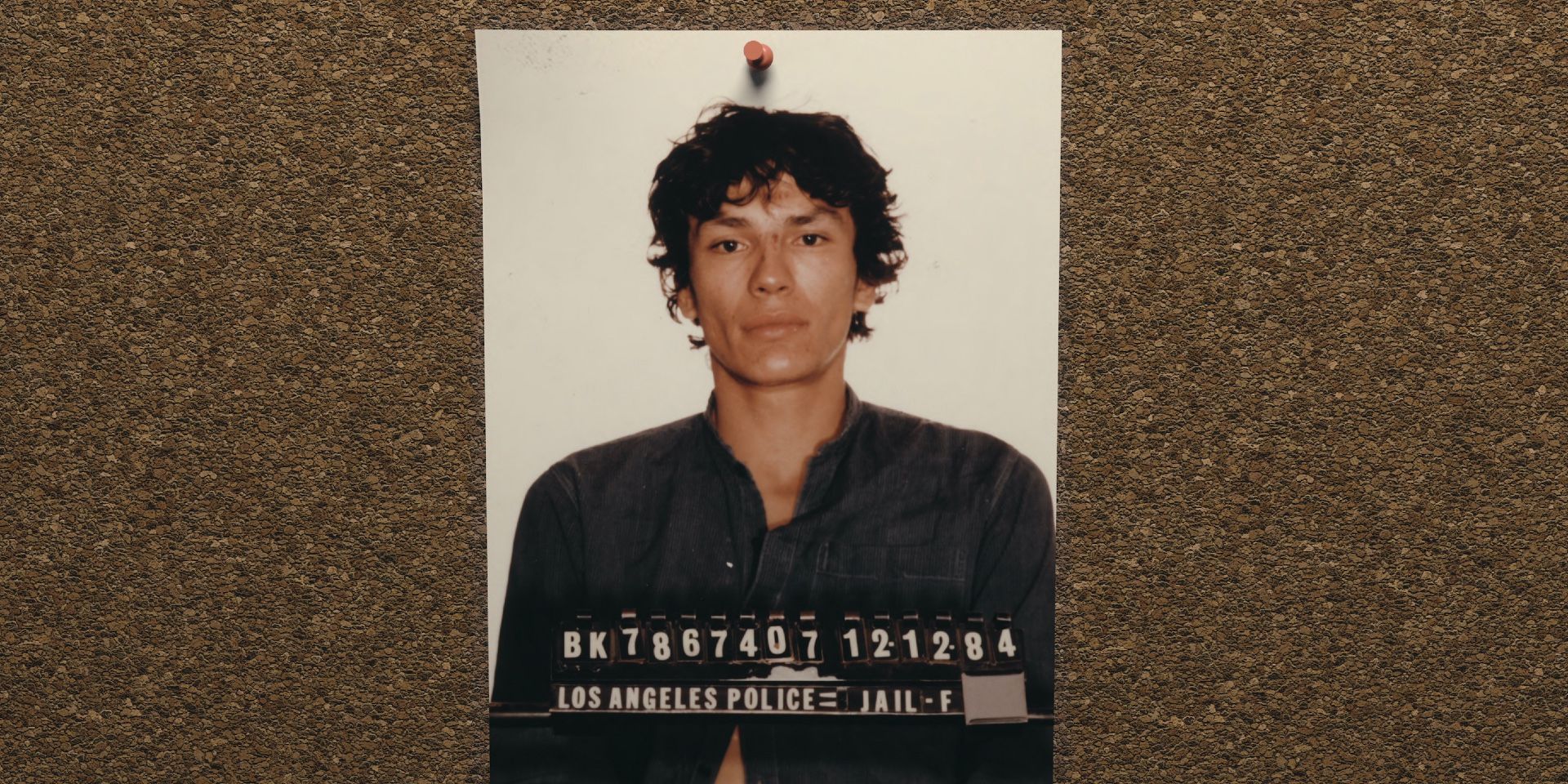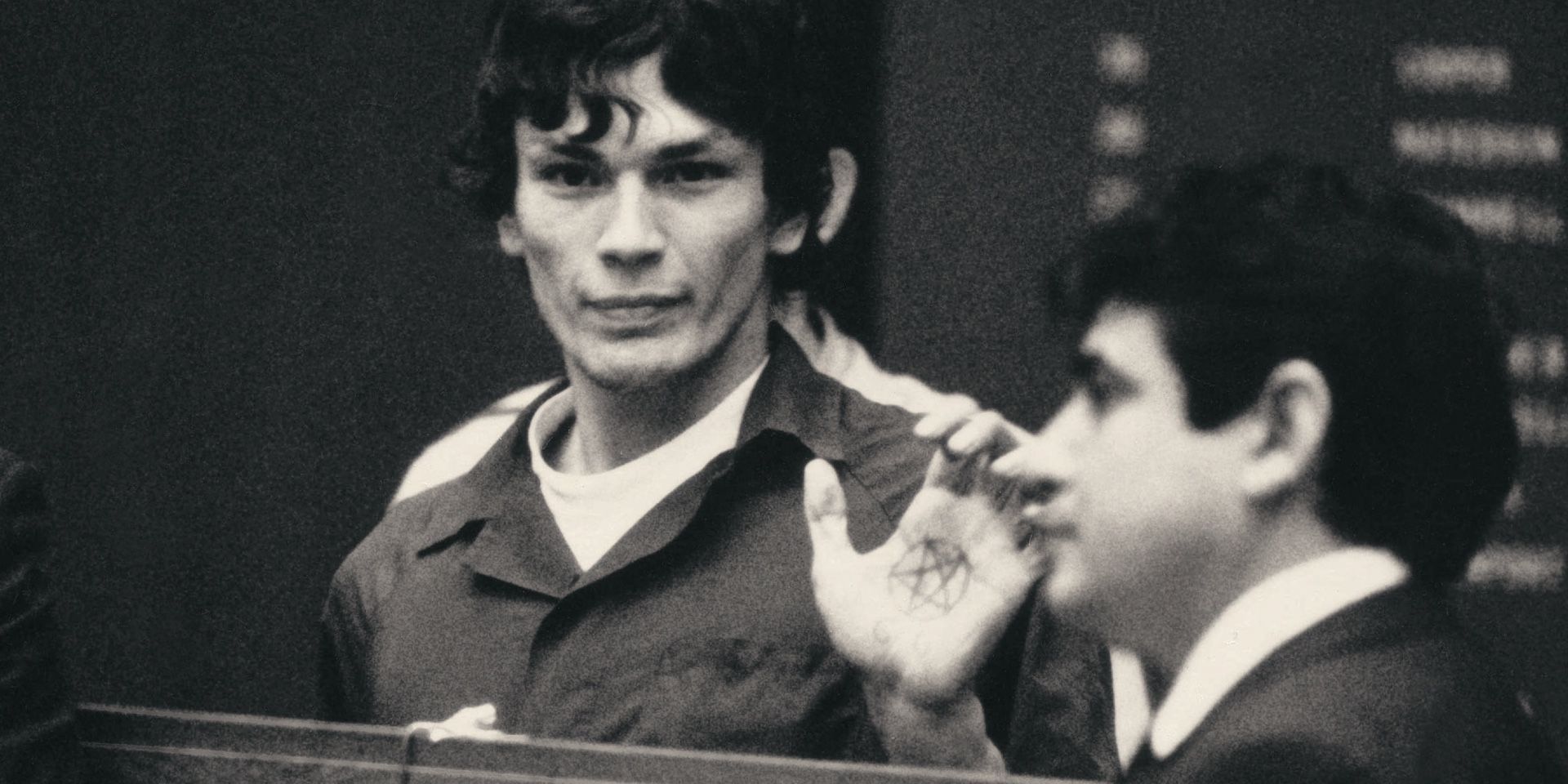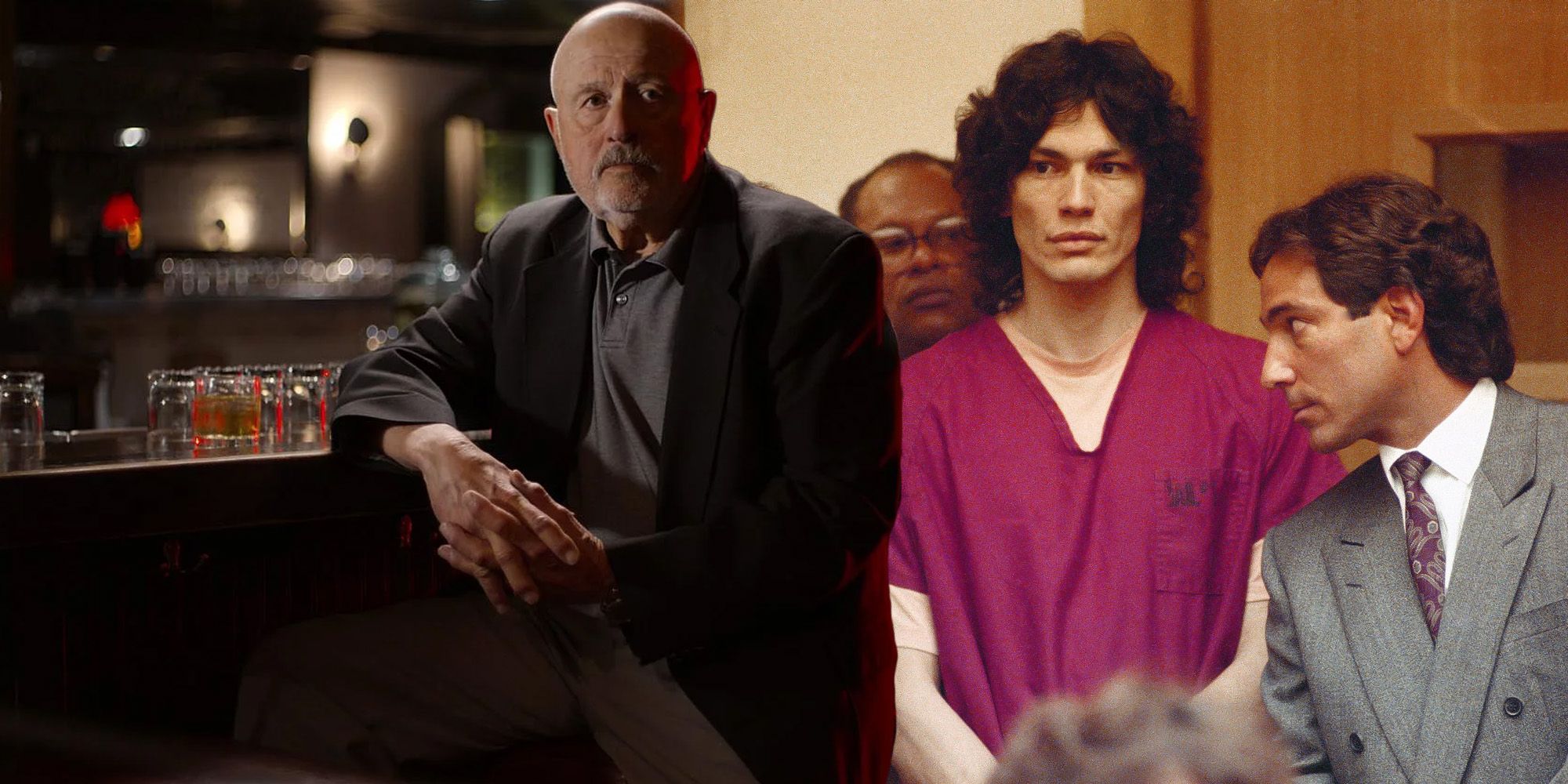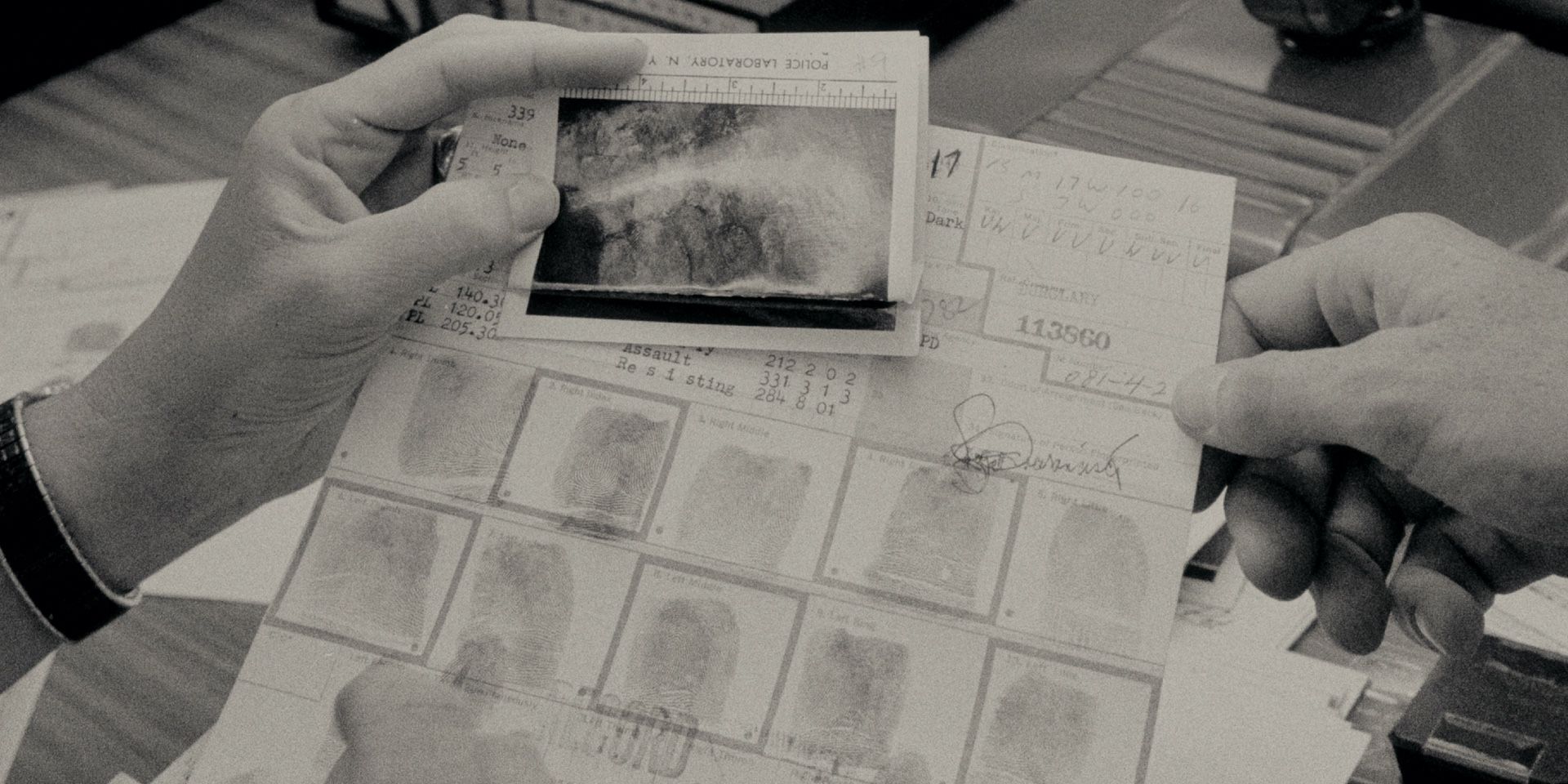Night Stalker: The Hunt For A Serial Killer provides a thorough account of Richard Ramirez's crimes, but still leaves many questions unanswered. Directed by Tiller Russell, the 2021 Netflix docuseries explores a series of 1985 murders in California, and how the media created the "Night Stalker" persona - yet the four episodes barely look beyond the case evidence to explore the bigger picture. Night Stalker does indeed pose basic questions like every other serial killer doc (i.e. "How Could This Happen?"), but curious viewers may be left wanting more insight.
Divided into four episodes, Night Stalker identifies the main players and stays focused on the evidence. This allows for a clear narrative about what actually transpired in the focal case between April and August 1985, especially in terms of establishing the killer's modus operandi. Night Stalker has been criticized for perhaps showing too much, but Russell's filmmaking isn't any different than a typical true crime doc, at least in terms of exploring the evidence so that audiences can understand the specifics. The first three episodes focus primarily on the efforts of investigators Frank Salerno and Gil Carrillo.
Night Stalker has been a trending Netflix show since its January 2021 release, and the serial killer series can be approached from various angles. Some true crime enthusiasts may be curious about the content, and whether Russell adds anything new to the conversation. Meanwhile, some audiences may just want the essentials for a basic understanding of what happened. Of course, there are others who may have a direction connection to the Night Stalker murders, which obviously affects their interpretation. Beyond all that, there are crucial questions that go unanswered in the Netflix docuseries, if only because Russell wanted to stay focused on a linear narrative for the sake of storytelling. But here are some questions that viewers may want answered after watching Night Stalker.
What Happened During Richard Ramirez's Formative Years?
Night Stalker invests little time exploring Ramirez's formative years. During the fourth and final episode, a one-minute introductory sequence reveals that the subject witnessed his cousin murder a woman, and that he was tied to a cemetery cross by his father. Based on analysis presented in the 2020 serial killer documentary Crazy, Not Insane, such "horror stories" from a serial killer's childhood are undoubtedly linked to his murderous behavior as an adult. Night Stalker also acknowledges that Ramirez had a heroin and cocaine habit, but doesn't offer much insight into how such addictions may have affected his behavior.
There's an argument to be made that Night Stalker refused to humanize its subject in order to keep the focus on the victims. However, it's important to understand the motivations of a serial killer in order to better understand how they operate. Ramirez's life experiences should be studied and analyzed, not ignored, and true crime filmmakers should want to provide audiences with knowledge about the subject's formative years. Tiller's Netflix series is indeed powerful, but it would've been more authentic with a thorough exploration of Ramirez's childhood and teenage years.
Did The Night Stalker Manipulate The Media?
With its neon graphics and synthwave music, Night Stalker capitalizes upon the ongoing '80s nostalgia trend. For entertainment purposes, the docuseries also heavily implies that Ramirez was a purely evil figure who revealed his true self in court by displaying a pentagram. Without any cultural context, viewers may be left under the impression that Ramirez killed just for the sake of killing. In fact, Night Stalker ends with audio of Ramirez musing about whether he was actually born to kill. However, the subtext implies that Ramirez was an informed and calculated killer who understood how to manipulate the media. So, did he, and why?
Multiple interviewees in Night Stalker acknowledge that Ramirez sought out information about serial killers like Ted Bundy and the Hillside Strangler. It's also revealed that the subject fled to San Francisco after the Los Angeles media began heavily reporting on his murders. When Ramirez arrived in the Bay Area, he targeted a man named Peter Pan, who had the same name as a beloved Disney character. The final episode of Night Stalker actually shows the subject saying "I'll see you in Disneyland" after his arrest. So, was Ramirez trolling the media all along during his killing spree? Or did he begin truly taking advantage of the media after his arrest?
Night Stalker reveals that Ramirez was fascinated with the Hillside Strangler case, which was investigated by none other than the man who caught him, Frank Salerno (with the assistance of Gil Carrillo). When the Night Stalker was captured, he was placed in the Hillside Strangler cell, which seemed to give Ramirez the impression that he was now a "famous" serial killer. Russell surprisingly doesn't examine whether or not Ramirez manipulated the media to his advantage, both before and after his arrest. Instead, Night Stalker frames the subject as a lunatic with unclear motivations.
How Many People Did Richard Ramirez Kill Before 1985?
Night Stalker ends with the revelation that Ramirez may have murdered people before his 1985 killing spree. Salerno states that evidence links the subject to a 1984 murder, and retired police inspector Frank Falzon claims that Ramirez admitted to two 1984 killings in the Telegraph Hill neighborhood of San Francisco. The Night Stalker has also been linked to the 1984 murder of a young girl in the Tenderloin area of San Francisco. So, how many people did Ramirez kill before 1985? That's where the missing exploration of his formative years comes into play. Russell does his due diligence by detailing Ramirez's documented crimes, but the Netflix series essentially covers just a few months in the life of its subject. The audience receives little information about Ramirez's first 24 years and the events that shaped his worldview.
Did The Night Stalker Ever Express Remorse?
Because Night Stalker refuses to humanize Ramirez, the fourth and final episode ends on a cryptic note rather exploring what happened in the final decades of the subject's life. The ending includes audio from a 1994 interview at San Quentin State Prison, in which Ramirez speaks with crime writer Philip Carlo and wonders if he was born as a "bad seed." The Night Stalker would live for almost two more decades before dying of cancer, but the docuseries offers no information about whether or not its subject expressed remorse. For storytelling purposes, this filmmaking decision boosts the '80s nostalgia theme and further positions Ramirez as an enigmatic serial killer.
What Motivated Richard Ramirez To Kill?
In the '80s and '90s, there was a wide-spread belief that serial killers' motives were simple: they just wanted to kill. In fact, during a 1993 Inside Edition report, Salerno himself states that Ramirez's motive was "to kill" and only that. However, the 2020 HBO documentary Crazy, Not Insane suggests that culture as a whole needs to be more open-minded, especially when factoring in cerebral trauma and environmental factors that can negatively affect the development of individuals. During the aforementioned Inside Edition clip, Ramirez refuses to explain WHY he killed so many people, but he does make a telling statement that arguably should've been incorporated into Night Stalker:
"A serial killer comes about by circumstances like a recipe... poverty, drugs, child abuse. These things, you know, contribute to a person's frustration and anger. And at some point in life, he explodes."






